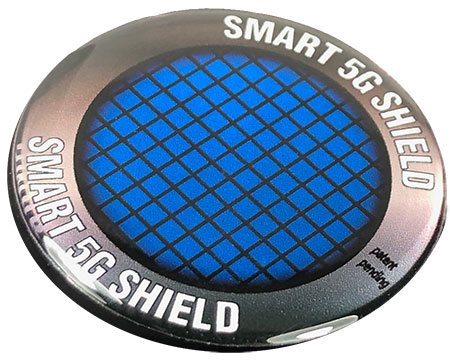If you reside in an apartment or a house or just need to ensure that your house is free of EMFs There are a variety options to limit your exposure. One of the easiest is to limit the use of electronic devices. blocking emf is also possible to use EMF block paint to prevent EMF radiation from reaching your house. Another easy way to protect your home against EMF radiation is to put up an RF shielding canopy. It is a type of net that has EMF shielding. https://postheaven.net/hyenamimosa2/info-about-emf-blocking-radiation-nm7k 's used to prevent EMFs from entering rooms. Another option is to get your house equipped with an enclosure that is conductive. They are referred to as Faraday cages.
Several studies have shown that the non-ionizing RF EMF has antiproliferative effects in HCC cells. The mechanism behind AM RF EMF's anticancer activity in vitro is believed to result from the deregulation of cancer stem cells. This could be the reason for the long-term responses seen in certain patients suffering from advanced HCC. However, the mechanism of AM EMF's impact on cancer patients is not clear.
Effects from AM electromagnetic fields (RFEM) on HCC tumour growth in vivo were examined in mice. The tumours were classified in three different groups. One group did not have exposure to RF EMF. The second group was exposed to RF EMF at the same frequency to that of humans. The third group was exposed to RF EMF at HCC-specific modulation frequencies. emf blocking of HCCMF on the tumours was assessed against the effect of RCF. The results showed that the cancers treated with HCCMF were significantly shrinking. However, the tumours treated with RCF showed no evidence of tumour shrinkage.

The mechanism of tumor-specific AM RF EMF could be based on the fact that tumor cells require Cav3*2 voltage calcium channels to promote proliferation and down-regulation. AM RF EMF's antiproliferative effect in HCC cells is mediated by CACNA1H, a protein that mediates tumour-specific Ca2+ influx. The results indicate that CACNA1H could have wider implications for the treatment and diagnosis of various cancers.
The tumours of the control group were not exposed to EMF from radiofrequency, and fed a normal mouse diet. The tumors of HCCMF HCCMF group were treated with Huh7 cells when they were five-seven weeks old. The tumours were then euthanized after they had a high burden.
The tumors of the three groups also showed different growth curves. The tumours treated with HCCMF saw a significant decrease in tumour size after eight weeks. However, the tumors treated with RCF showed no signs of shrinkage. The difference was significant. The tumours treated with RCF had necrosis that is common in tumours that are exposed to RCF. The possibility is that this necrosis was due to a lack of oxygen in the more invasive cancers.
In summary, the results suggest that AM RF EMF is a powerful source of anticancer effects in vitro and in the vivo. Numerous studies have demonstrated it is true that AM RF EMF produces measurable shrinkage of tumors in HCC patients. The possibility is that the AM EMF causes these effects because of CACNA1H, a protein that is involved in tissue-specific Ca2+ influx. Furthermore, AM RF EMF may cause a lasting effect on the growth of HCC tumors in vivo.
